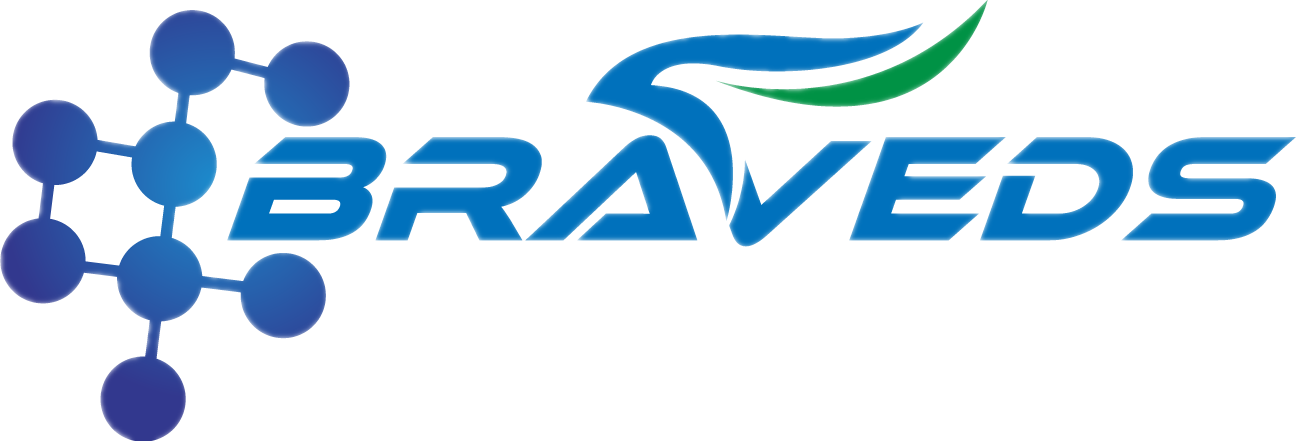D-(+)-Galactose
Braveds
Description
| Product Name | D-(+)-Galactose |
| Types | S homologous reagent |
| Form | Crystalline powder |
| CAS NO | 59-23-4 |
| Producer | China |
| Source | from non-animal source |
| Purity | from non-animal source, 99%, suitable for cell culture |
| Storage | RT |
| Recertification | 4Years |
| Synonyms |
Galectin-3 Antibody - M01018 Galectin-3 Antibody - M01019 Galectin-3 Antibody - M01020 Galectin-3 Antibody - M01021 Galectin-3 Antibody - M01022 X-gal | 5-Bromo-4-chloro-3-indolyl beta-D-galactopyranoside - SG19953-1G 4-Nitrophenyl alpha-D-galactopyranoside - SG87002-250MG ONPG | 2-Nitrophenyl beta-D-galactopyranoside - SG20234-1G IPTG | Isopropyl-β-D-thiogalactopyranoside - SG67588-5G beta-Galactosidase from Aspergillus oryzae - SG79897-25KU D-(+)-Galactose - SG57280-100G D-(+)-Galactosamine hydrochloride - SG53518-1G |
Overview
| Melting point | 168-170 °C(lit.) |
| Impurity endotoxin | endotoxin, <=10 EU/g |
| Biological source | from non-animal source |
Application.
Galactose has been used to: 1) as a component of galactosyltransferase labeling buffer; 2) as a supplement to MRS broth for the growth of Lactobacillus thermophilus; 3) to induce the expression of uncoupling protein (UCP) in yeast transformants.
Biochemical / physiological behavior.
Galactose is a simple monosaccharide that can be used as an energy source and as an essential component of glycolipids and glycoproteins. Galactose is converted to glucose through the enzymes that make up the Leloir pathway, thus promoting energy metabolism. Defects in the genes that encode these proteins can lead to metabolic disorders such as galactosemia.
Add to cart
| SKU | UNIT | PRICE (USD) | QTY |
|---|---|---|---|
| SG83527-100G | 100G | 104 | |
| SG83527-500G | 500G | 377.7 |




